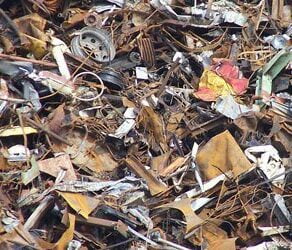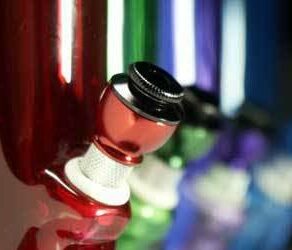Table of Contents:
Nobody  wants a fingerprint or smudge in the middle of their prize photos. Keeping your camera lens is important, but should be done only when needed. With proper storage, in a camera case with a lens cover on, the number of cleanings required will be minimal. Much cheaper than a professional cleaning, these simple, effective cleaning steps can clean your camera right at home.
wants a fingerprint or smudge in the middle of their prize photos. Keeping your camera lens is important, but should be done only when needed. With proper storage, in a camera case with a lens cover on, the number of cleanings required will be minimal. Much cheaper than a professional cleaning, these simple, effective cleaning steps can clean your camera right at home.
You Will Need:
- Camel hair lens brush
- Blower brush
- Lens cleaning cloth or lens cleaning tissue
- Lens cleaner
Steps to Clean the Lens:
- Start by using the blower brush to remove as much dust and loose dirt as possible.
- Next, use a camel hair lens brush to gently remove any remaining dirt. If you don’t have one of these, a soft, clean paintbrush can be used instead.
- Use your breath or a drop of lens cleaner to moisten the lens surface.
- Wipe it clean with a lens cleaning cloth or lens cleaning tissue. If you don’t have one of these you can use a soft old t-shirt or microfiber cloth. Wipe in a circular motion starting from the center and working outward.
- If your lens is removable, clean the back of it using the same process.
Additional Tips and Advice
- If you don’t have a blower brush, a clean, unused ear syringe can be used instead.
- Do not use rubbing alcohol, eye glass cleaner or eye glass tissues to clean a lens. The chemicals included in these products can be damaging to the lens surface.
- Try to clean your lens with as little contact as needed. The more contact and wiping, the higher risk of scratches or damage to the lens surface.
- Only clean your lens when needed to avoid any damage.
- Never clean wipe your lens while it is dry as a single grain of sand or dirt could scratch it.
- Professional cleanings can be costly, but will give your camera a thorough cleaning. When your camera needs more than this level of cleaning, contact a professional to have all parts properly cleaned.
Sources:
- Cleaning Plain & Simple by Donna Smallin
- Clean It Fast, Clean It Right by Jeff Bredenberg









If you have a really good camera and you want to take care of it, get a lens cleaning kit. They don’t cost very much. The kit will have a soft little brush for brushing away dirt or sand, a no-scratch no-fuzz lens cleaning cloth, and special lens cleaning fluid. Be sure you follow the directions that come with your camera, or at least the ones that come with the kit.
You can get dirt and other dry particles off a lens or out of a camera by using a can of compressed air, the kind you use to clean computers and keyboards with.
Use a lens cap any time you’re not using the camera, and use a filter over your lens if your camera is the type that will take one (it will have little screw-posts to hold the filter). Touch your lens as little as possible. And never wash and re-use a lens cleaning cloth, if the cloth gets dirty or starts to smear or streak the lens, throw it away and buy a new cloth.
An eyeglass cleaning kit is not the same as a camera lens cleaning kit. Quality camera lenses are much more delicate and easier to damage than the tough glass or plastic your reading glasses are made from.
It is absolutely critical to have a skylight filter on all of one’s lenses at all times! This way, one will just scratch/damage $15 worth of equipment instead of a couple of hundred (or more).
I have three camera lenses that were submerged in water during the recent flood in GA. My Pentax lens has water in-between the two lenses that I can not get dry. Any suggestions by anyone would be appreciated. The flood has already cost me $40,000 so any suggestions would help. Or if you know of a cheap place to get it fixed?
Carol,
You can try putting the lens in a small sealed container with a dehumidifier like DampRid. A cheap dehumidifier option is to use a bowl of baking soda. It may take only a few hours or it may take several days to absorb all the moisture.
Same here, my camera lens got submerged; how can I make sure (even though I think it’s already dry) that it’s not gonna destroy the lens because maybe there is still residues and stuff. Please let me know if I have to go to Olympus to get my lens cleaned.